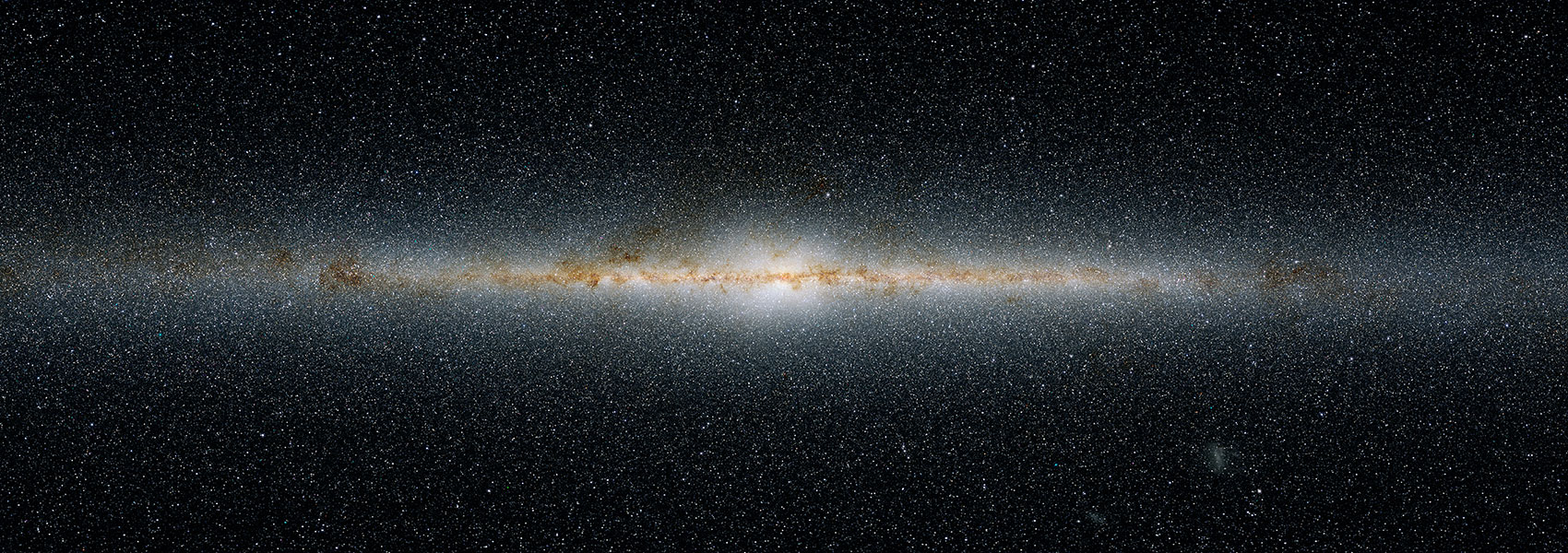
The ESO SupJup Survey. I. Chemical and isotopic characterisation of the late L-dwarf DENIS J0255-4700 with CRIRES+
August 2024 • 2024A&A...688A.116D
Abstract
•
Context. It has been proposed that the distinct formation and evolutionary pathways of exoplanets and brown dwarfs may affect the chemical and isotopic content of their atmospheres. Recent work has indeed shown differences in the 12C/13C isotope ratio, which have provisionally been attributed to the top-down formation of brown dwarfs and the core accretion pathway of super-Jupiters.
Aims: The ESO SupJup Survey is aimed at disentangling the formation pathways of isolated brown dwarfs and planetary-mass companions using chemical and isotopic tracers. The survey utilises high-resolution spectroscopy with the recently upgraded CRyogenic high-resolution InfraRed Echelle Spectrograph (CRIRES+) at the Very Large Telescope, covering a total of 49 targets. Here, we present the first results of this survey: an atmospheric characterisation of DENIS J0255-4700, an isolated brown dwarf near the L-T transition.
Methods: We analysed its observed CRIRES+ K-band spectrum using an atmospheric retrieval framework in which the radiative transfer code petitRADTRANS was coupled with the PyMultiNest sampling algorithm. Gaussian processes were employed to model inter-pixel correlations. In addition, we adopted an updated parameterisation of the pressure-temperature profile.
Results: Abundances of CO, H2O, CH4, and NH3 were retrieved for this fast-rotating L-dwarf. The ExoMol H2O line list provides a significantly better fit than that of HITEMP. A free-chemistry retrieval is strongly favoured over equilibrium chemistry, caused by an under-abundance of CH4. The free-chemistry retrieval constrains a super-solar C/O-ratio of ~0.68 and a solar metallicity. We find tentative evidence (~3σ) for the presence of 13CO, with a constraint on the isotopologue ratio of 12CO/13CO = 184−40+61 and a lower limit of ≳97, which suggests a depletion of 13C compared to the local interstellar medium (12C/13C ~ 68).
Conclusions: High-resolution, high signal-to-noise K-band spectra provide an excellent means of constraining the chemistry and isotopic content of sub-stellar objects, which is the main objective of the ESO SupJup Survey.
Links
- PREPRINT http://arxiv.org/abs/2405.10841
- POSTSCRIPT https://www.aanda.org/10.1051/0004-6361/202348508/postscript
- ELECTR https://doi.org/10.1051%2F0004-6361%2F202348508
- SIMBAD https://simbad.u-strasbg.fr/simbad/sim-ref?querymethod=bib&simbo=on&submit=submit+bibcode&bibcode=2024A%26A...688A.116D
- PDF https://www.aanda.org/10.1051/0004-6361/202348508/pdf
- DATA http://archive.eso.org/bin/ads2eso?2024A%26A...688A.116D
- DATA https://cdsarc.cds.unistra.fr/viz-bin/cat/J/A+A/688/A116
- DATA https://irsa.ipac.caltech.edu/bibdata/2024/D/2024A&A...688A.116D.html



